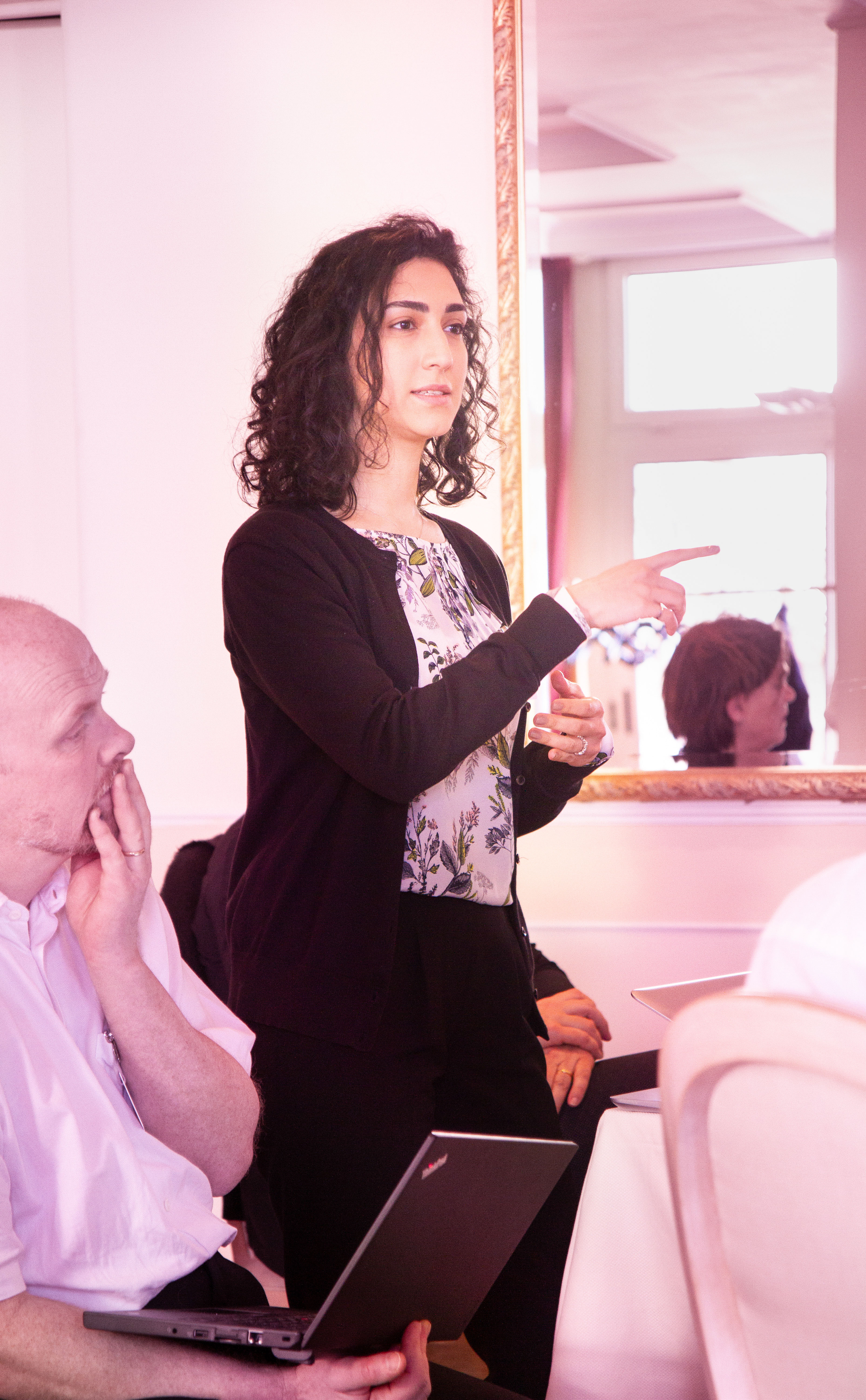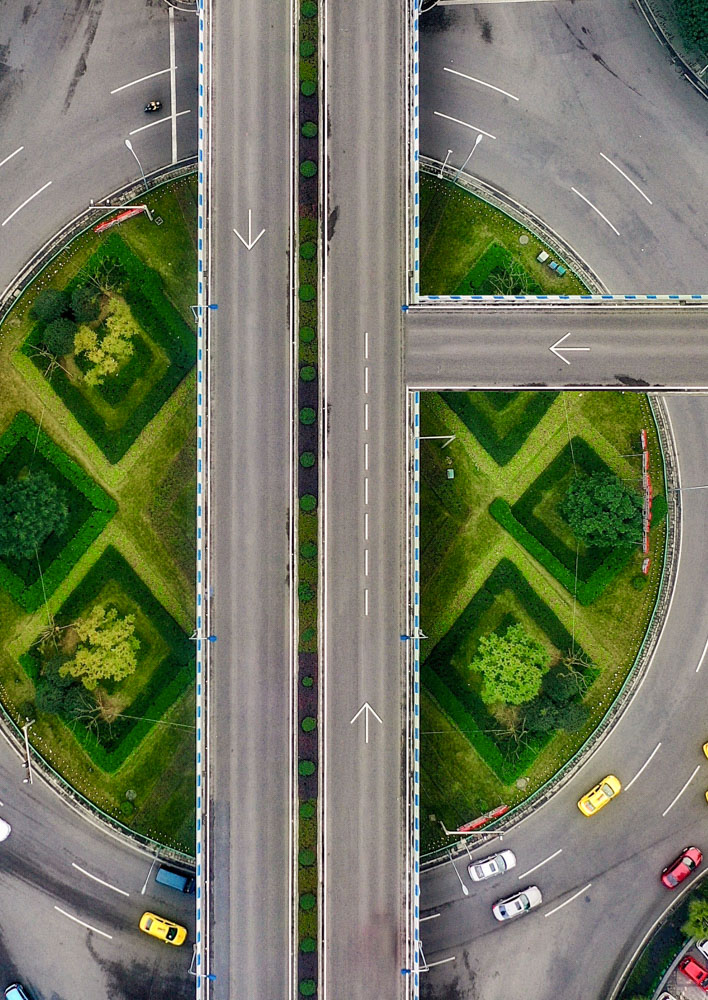Getting cyclists together with nudging
How to merge two busy lanes with a soft touch
It is tricky to turn onto a road that’s already full of people. Everyone just travels on, while you cannot find any space. On a Dutch biking lane, you would actually have priority over those going forward, but it does not always work as intended. Could nudging do the job?
You’ve likely experienced it more than once. Waiting in a long traffic line, simply because you need to turn into a road where there’s a lot of traffic. This is usually a problem for cars, but in the Netherlands, the same thing happens for bikes as well, especially during rush hour. This has unfortunately led to a lot of cyclists crashing into each other in intersections. MeBeSafe wants to reduce this risk with the aid of some nudging.
“We wanted to do something to help turning cyclists merge together smooth and safe” Matin Nabavi Niaki from SWOV declares. “More specifically, we wanted through-going cyclists to keep to the left so that turning cyclists could use the right side”

For this specific scenario, imagine a T-crossing where two one-directional biking lanes meet. This layout is actually very similar to the effect of a motorway-entrance, where traffic is going in one direction and cars are entering from one side. When a car is about to enter such a road, it is certainly good manners to help them join in. Talking about Dutch cyclists coming from the right, they actually have legal priority over those going forward. Unfortunately, it does not always work as intended. Matin explains what MeBeSafe decided to do.
“To solve this issue of unsafe merging, researchers from SWOV got together to brainstorm on how to solve the issue with nudging. The result was two different nudges that could be used”.
For this specific scenario, imagine a T-crossing where two one-directional biking lanes meet. This layout is actually very similar to the effect of a motorway-entrance, where traffic is going in one direction and cars are entering from one side. When a car is about to enter such a road, it is certainly good manners to help them join in. Talking about Dutch cyclists coming from the right, they actually have legal priority over those going forward. Unfortunately, it does not always work as intended. Matin explains what MeBeSafe decided to do.
“To solve this issue of unsafe merging, researchers from SWOV got together to brainstorm on how to solve the issue nudging. The result was two different nudges that could be used”.
One of these nudges consists of a slanted line from the right side of the road, coming in with an angle to create a new and less busy lane to the right. This new lane would be reserved for cyclists entering from the side. The other nudge is a dashed centre-line in the middle of the one-way cycle path – not entirely unlike a motorway with two lanes going in the same direction. Both nudges are designed to make through-going cyclists move to the left so that the right turning cyclists could merge more safely, and the effect was tested by a representative group of people.
“We had an indoor testing facility made by TU Delft for a cycling study, where cyclists could go around in a one-way oval lane, or take a shortcut through the loop” Matin describes, “We observed the cyclists and measured their behaviour at the intersections with and without nudge”


The nudges may seem very simple, but the results were positive. Cyclists were shown to change their behaviour because of the centre-line, which was manifested by a change in their trajectories, speeds and risk of collisions in the intersections.
The simple dashed line seemed to be interpreted as two forward-going lanes, where many cyclists switched over to the left-hand side, leaving space for those about to turn into the lane from the right side.
“We have a clear effect from the line” Matin explains, “Many more trajectories are swaying to the left-hand side, and the risk of collisions between cyclists have decreased”
It is worth noting that some cyclists still biked on the line or swayed over the line, even though many of them were directed to the left. A possible reason could be that cyclists generally experience a large degree of freedom in biking, and adjust to the traffic when it is necessary.
“If you would put up the lines for cars, they would be fully divided into two lanes. Cars normally don’t drive on the centre of a line, but the cyclists did” Matin describes.
The nudge is different from using two lanes in the same direction, as the division occurs just before an intersection and ends a bit afterwards. It is only there to help people merge. But it is not only one-way roads that could be tackled, Matin expects it to work even for intersections of bikes going in both directions – as long as it is clear which direction is which.
The nudges are very subtle, and build upon the knowledge we already know and the symbols we already react to. It seems that very small measures could give a large effect. And that is a main goal of nudging.
